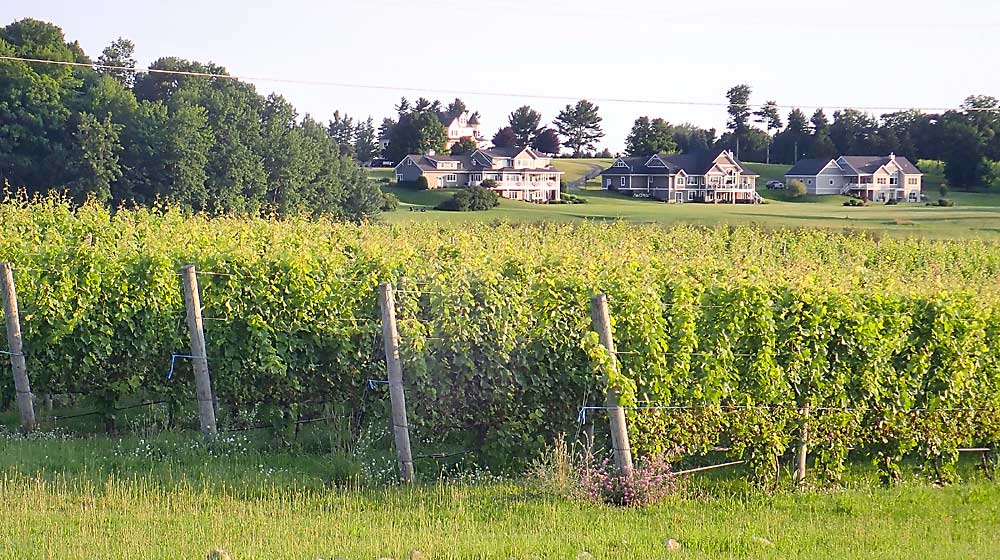
Editor’s note: In the January 1 print edition and the original online posting of this story, we incorrectly identified Kim Hayes and Michelle Kitts in a photograph accompanying this story. The caption below has been corrected. Good Fruit Grower regrets the error.
Some of the hottest real estate markets in Michigan — and in the Midwest — fall within the prime orchard and vineyard regions of Leelanau and Grand Traverse counties. Although the region’s picturesque Lake Michigan shoreline and quaint towns have always drawn visitors, more and more people are seeking to move to the area, particularly with the pandemic-driven increase in remote-work. As a result, homes and land today often sell within days of going on the market, frequently for more than the listing price.
“With 2020 and work-from-home and remote work, it just really has been exploding and disrupting markets,” said Laura Rigan, who is the farmland protection manager for the Grand Traverse Regional Land Conservancy (GTRLC).
That spells trouble for the farming community.
“One of my biggest concerns regionally for agriculture is that you have this boom going on with housing and development up here at a time when a lot of the traditional processing-cherry farmers are sort of looking for the exit because they’ve had a pretty rough five-year patch,” said Isaiah Wunsch, CEO of Wunsch Farms in Grand Traverse County. Economically, it may not make sense for another grower to buy that land, either. “The costs out here can just be absurd for unrestricted farmland,” he said.
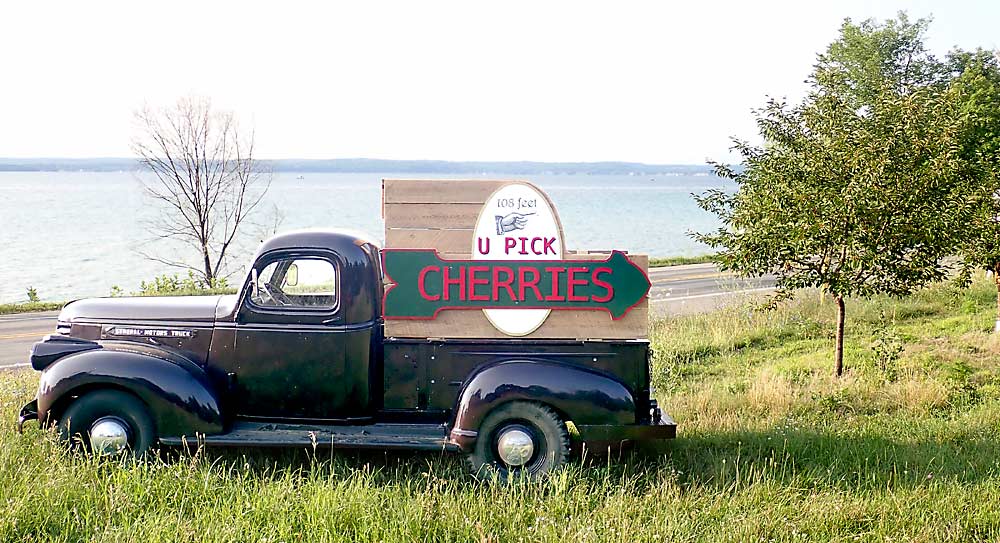
Finding a way forward
Despite the tumultuous times, growers are still investing in this region of the state. That includes younger farmers such as Wunsch, 34, who was standing in a just-purchased 40-acre parcel in the center of the narrow Old Mission Peninsula. He didn’t do it alone.
“I can say hands-down that I wouldn’t be in this business if it weren’t for the GTRLC,” he said. “To have the conservancy helping to stabilize or reduce the costs of acquiring new farmland is critical for the business, and to know there’s a community of people who are also interested in preserving farmland up here kind of helps me get out of bed every morning when we’re having rough seasons.”
One way the GTRLC helps sustain farmland is by assisting the local township with its Purchase of Development Rights program, a property tax-funded initiative, begun in 1994, that buys those rights from farmers and owners of scenic lands to help maintain the character of the township. In addition, the GTRLC has its own, mainly donation-funded farmland protection program that puts development-restricting conservation easements on farmers’ land. The easements remain with the property in perpetuity, continuing to protect the land, but also making it less attractive to non-ag buyers and, therefore, helping to moderate its real estate value.
“Having the conservancy purchase an easement reduced my annual mortgage costs by probably more than 50 percent on this farm,” Wunsch said.
Viability of agriculture goes beyond land selloffs, Rigan said. “Having an intact agricultural community is not just about the farmers themselves; it’s about the processors and where they see stability in the markets,” she said.
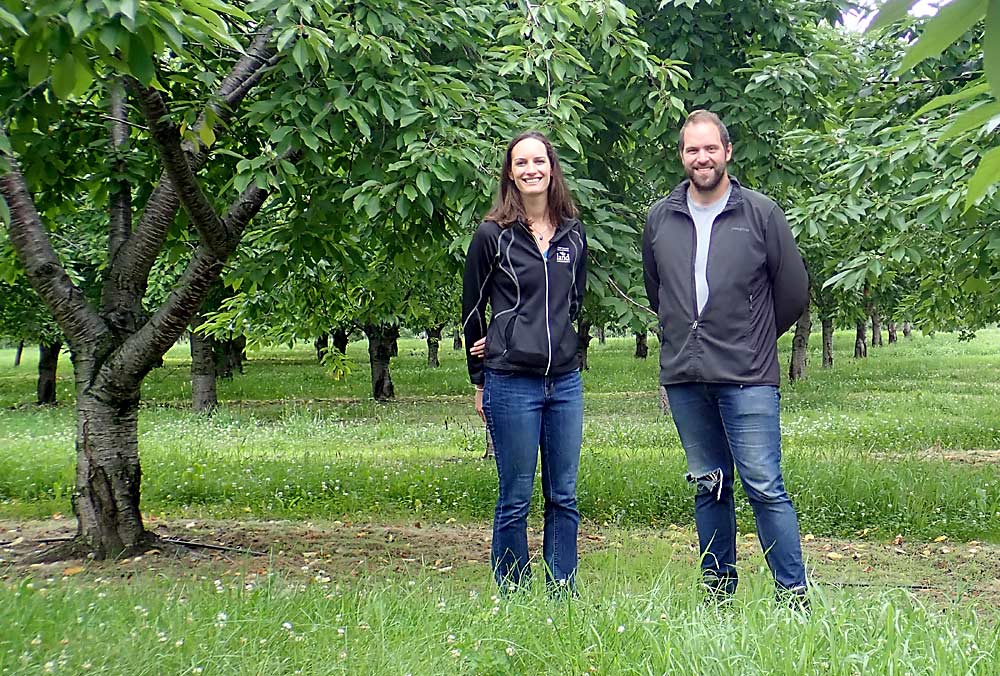
If agricultural support companies begin to move out, it creates more challenges for remaining growers, which can then prompt more to think about selling out — and lead to a swift downward spiral.
“As farmers, we worry not just about losing farmland, but about losing input suppliers and the kinds of specific vendors who we rely on to keep agriculture as a viable industry up here,” Wunsch said.
Right now, he’s not seeing that spiral. Wunsch recently began replanting the new farm, putting in about 4,500 high-density sweet cherry trees on 9 acres this past year and is readying to plant another 3 acres of standard-density trees next spring.
Easing into farming
Across Grand Traverse Bay, and less than a mile from Sleeping Bear Dunes National Lakeshore in Leelanau County, Michelle Kitts pulls up to restock the fruit stand at the edge of the 217-acre farm she and her husband, Greg, purchased in June 2021 with help from a conservation easement.
“You always go places and think, ‘How did people get these beautiful places?’” she said. “And we were able to do that. I’m honored to have this.”
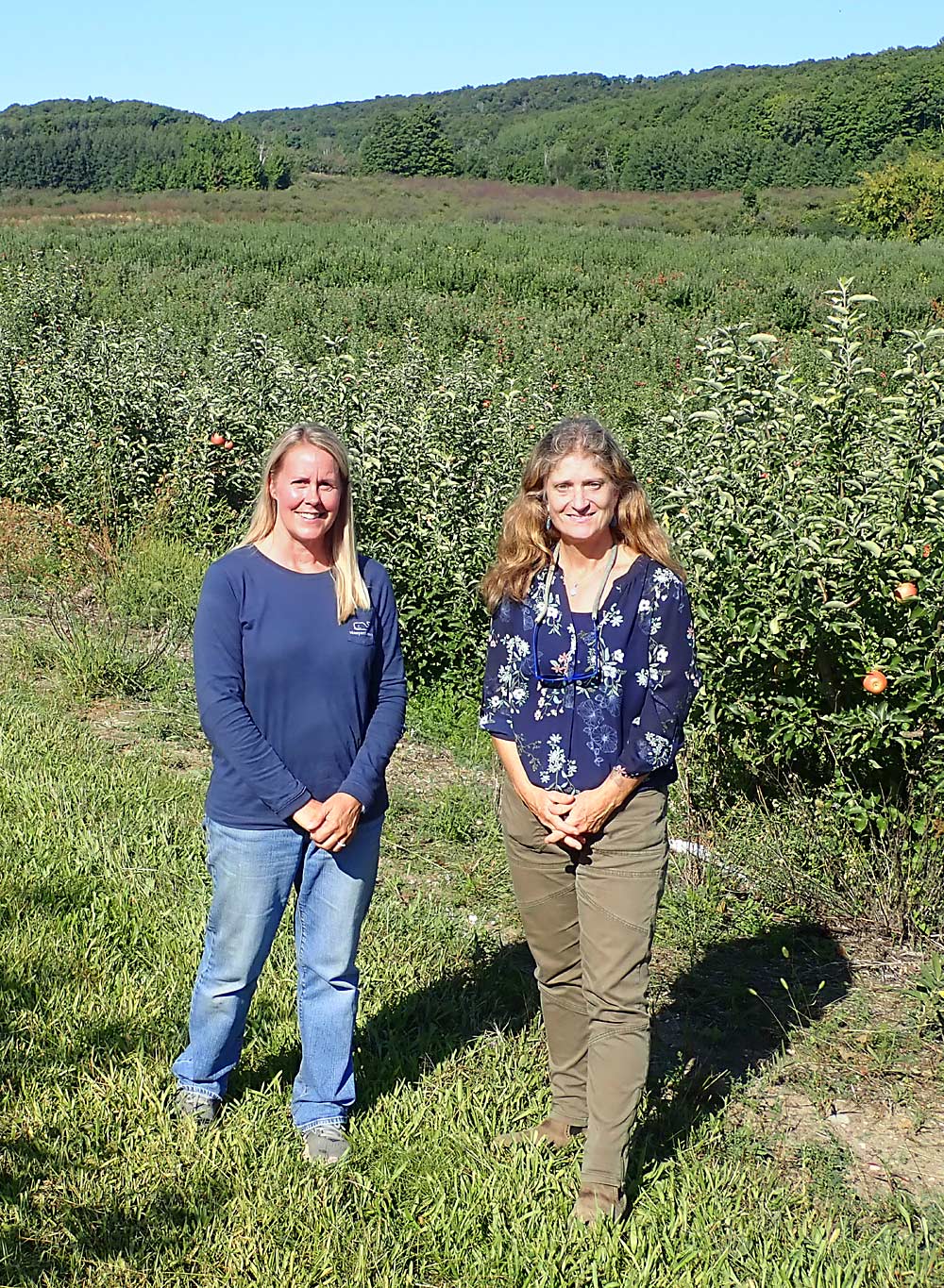
For this property, the wheels were set in motion in 2014 when former owner Ben Hohnke, then 90 years old, worked with the Leelanau Conservancy to place the easement on his land. He did it for the same reason many farmers do: to keep the land in farming, according to Kim Hayes, farmland and easement programs director for the Leelanau Conservancy.
With today’s high land prices, however, it is an increasingly difficult decision, particularly when a grower doesn’t have a next generation waiting in the wings to take over the farm. “I’ve had some deals fall through after a lot of discussion, because I think the next generation convinced the parents that it would be better for them if they didn’t protect the land,” she said.
Despite the rising real estate values, Hayes has a good number of success stories to tell. Some of that is thanks to a U.S. Department of Agriculture Regional Conservation Partnership Program (RCPP) grant that is paying landowners 50 percent of a conservation easement’s fair market value. That combines with another approximately 25 percent paid by the Leelanau Conservancy’s land trust funds. The landowner then contributes the last 25 percent as a donation — potentially a tax-deductible one — to the conservancy, Hayes explained.
“For people who need some financial resources right now, but don’t really want to sell, and want to keep farming or don’t want to see the land get developed from farmland to another use, this is a way that they can be compensated for making the permanent decision,” she said.
Since 2016, the Leelanau Conservancy has been able to use RCPP funds to secure eight conservation easements totaling 762 acres in Leelanau County and is expected to close on four more by the end of 2021, for another 525 acres, with three more in the works for 2022, Hayes said.
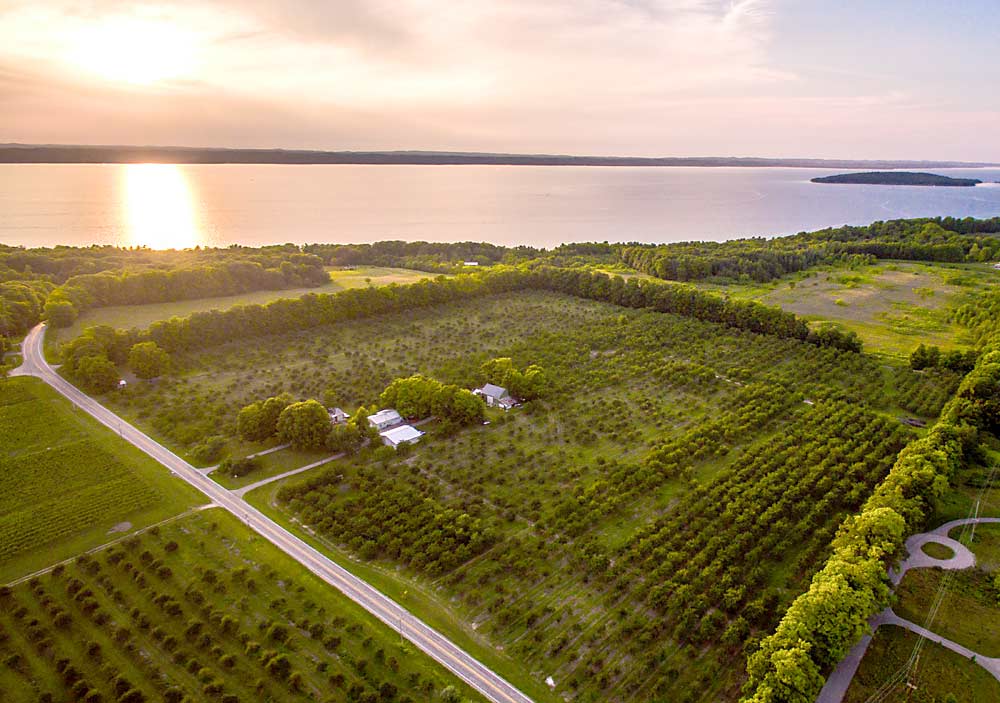
“And I think we’re going to have upwards of 10 projects beyond that, so in the end we’re going to wind up with a couple thousand acres of farmland protected in Leelanau County from the RCPP funding,” she said.
And that’s not all. Through other funding sources over the years, the conservancy has been instrumental in protecting additional farmland.
“We can’t possibly protect, nor do we want to protect, all of the county, but if we smartly protect farmland in the county, it will allow there to be farming into the future,” Hayes said. “I just feel so good about that because this is such high-value farmland and it’s what so many of us know Leelanau County to be: an ecologically beautiful area but also a really important farming area.”
—by Leslie Mertz



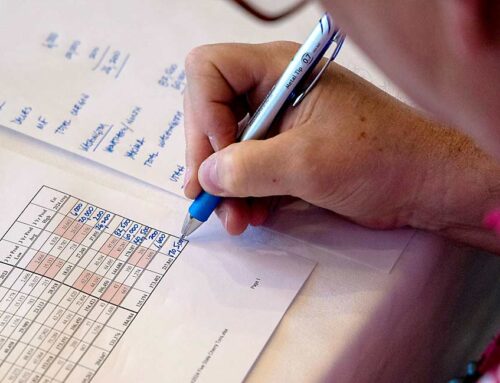
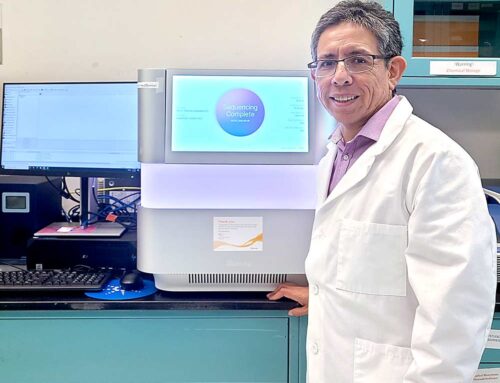
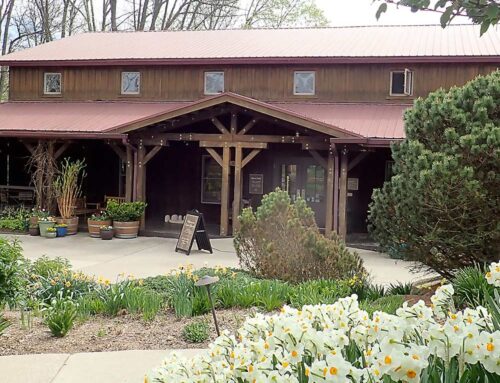
Leave A Comment